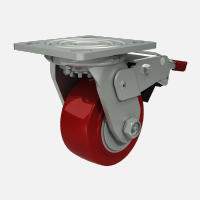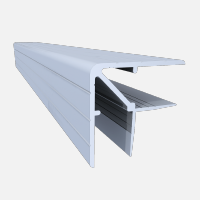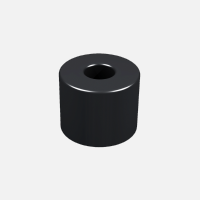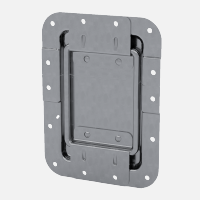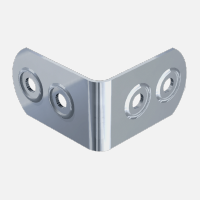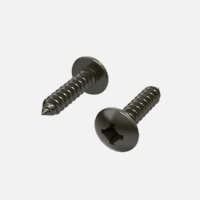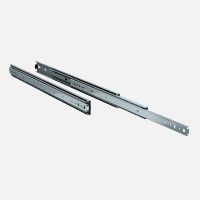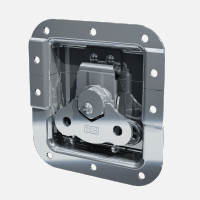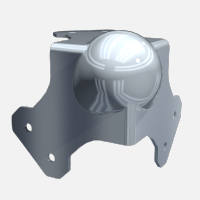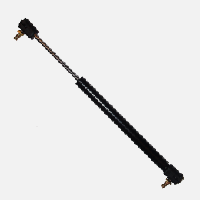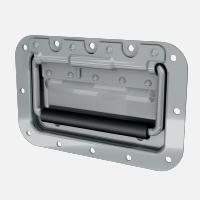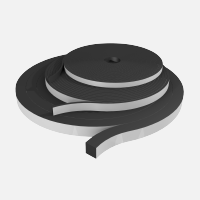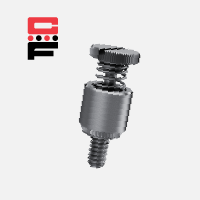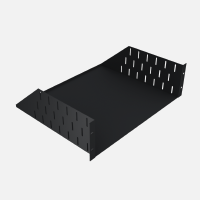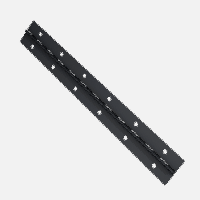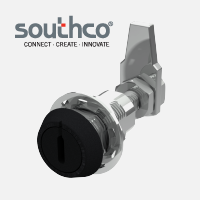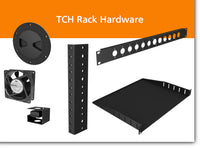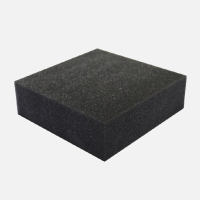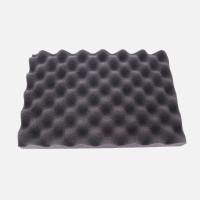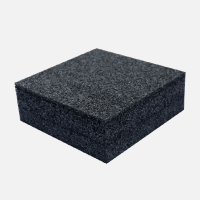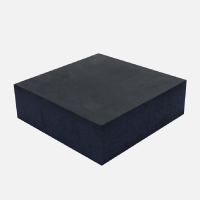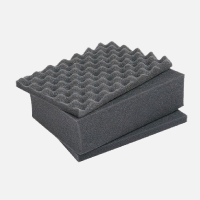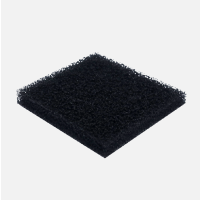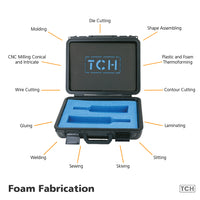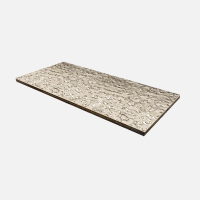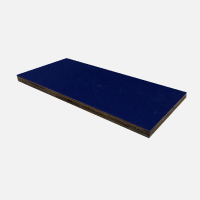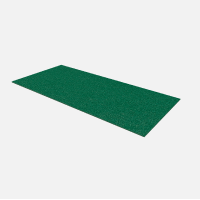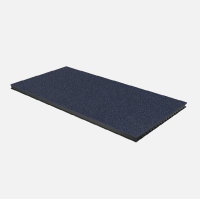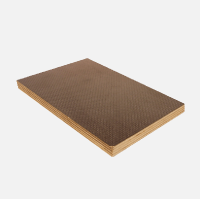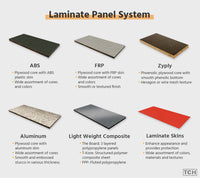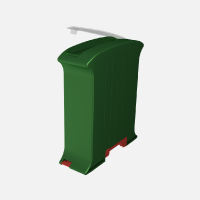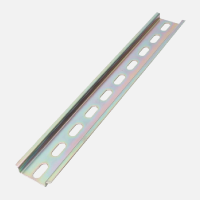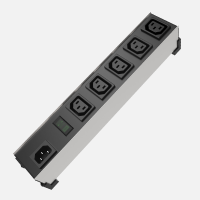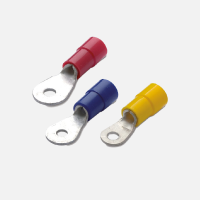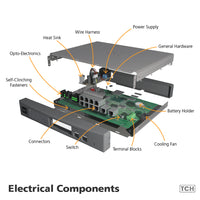How Does the Functionality of Surge Protective Devices (SPDs) Operate?
A Surge Protective Device (SPD) is precisely engineered to safeguard electrical systems and appliances from surge incidents. It accomplishes this by curbing transient voltages and redirecting surge currents.
Surges can emanate from both external and internal sources. The most potent external surges often result from lightning, while internal surges, contributing to 65% of all transients, can be produced by electrical load switching. These internal surges can be caused by many activities, such as turning on and off electrical loads, operating relays or breakers, heating systems, motors, and office equipment.
In the absence of an efficient SPD, transient events have the potential to damage electronic equipment, leading to expensive downtime. The vital role these devices play in protecting electrical systems is undisputed. But what is the operational principle behind these devices? What components and factors primarily influence their efficacy?
What is Meant by Transient Overvoltages?
Transient overvoltages are short-lived surges in electrical power due to a sudden release of previously stored energy or energy introduced by other means. Both natural and human-made events can cause these overvoltages.
What Triggers Transient Overvoltages?
Human-made transient overvoltages typically occur due to the switching on and off of motors and transformers, along with certain types of lighting. Traditionally, these weren't a significant concern in domestic installations. However, introducing new technologies such as electric vehicle charging, air/ground source heat pumps, and speed-controlled washing machines has made transients increasingly likely in domestic settings.
On the other hand, natural transient overvoltages are most commonly caused by indirect lightning strikes. For instance, a direct lightning strike on an adjacent overhead power or telephone line can trigger a transient overvoltage that travels along these lines, potentially causing substantial damage to the electrical installation and associated equipment.
What is the Functioning Principle of an SPD?
In simplified terms, whenever a transient voltage is on the protected circuit, SPD curbs this transient voltage and redirects the current back to its source or the ground.
For the SPD to function effectively, it should comprise at least one non-linear component that alternates between a high and low impedance state based on varying conditions.
Under standard operating voltages, the SPDs maintain a high-impedance state, leaving the system unaffected. However, when a transient voltage is detected on the circuit, the SPD transitions into a conduction state (or low impedance), redirecting the surge current back to its source or ground. This process effectively limits or clamps the voltage to a safer level. Once the transient has been successfully diverted, the SPD automatically reverts to its high-impedance state.
Categories or Varieties of SPDs
SPDs primarily fall into two categories: voltage limiting and voltage switching components. Voltage-limiting components undergo an impedance change as voltages increase, resulting in the clamping or limiting of the transient voltage. On the other hand, voltage-switching components "activate" or "turn on" when a specific threshold voltage is surpassed, and they promptly fall to a low impedance. Present-day systems commonly integrate both components to maximize their strengths and minimize their weaknesses.
Voltage-limiting components include metal oxide varistors (MOVs) and transient voltage suppression (TVS) diodes. Conversely, gas discharge tubes (GDTs) and spark gaps are examples of voltage-switching components.
SPD Classes or Types
Type 1 SPD
Type 1 SPDs are particularly recommended in commercial and industrial buildings with a lightning protection system or a meshed cage.
These devices protect electrical installations against direct lightning strikes. They can discharge the back-current from lightning that spreads from the earth conductor to the network conductors.
A distinguishing characteristic of Type 1 SPD is a 10/350 µs current wave.
Type 2 SPD
Type 2 SPDs form the primary protection system for all low-voltage electrical installations. They are installed in every electrical switchboard, preventing the propagation of overvoltages in the electrical installations and safeguarding the loads.
A defining characteristic of Type 2 SPD is an 8/20 µs current wave.
Type 3 SPD
Type 3 SPDs have a comparatively low discharge capacity. Therefore, they must be installed to supplement Type 2 SPDs and close to sensitive loads.
Type 3 SPD is characterized by a blend of voltage waves (1.2/50 μs) and current waves (8/20 μs).




